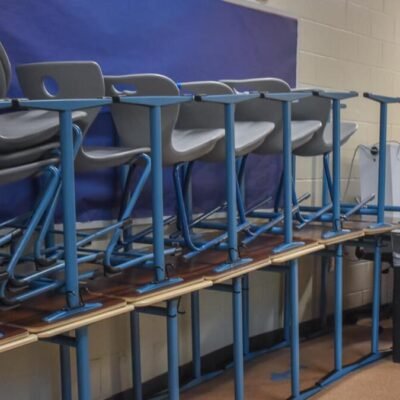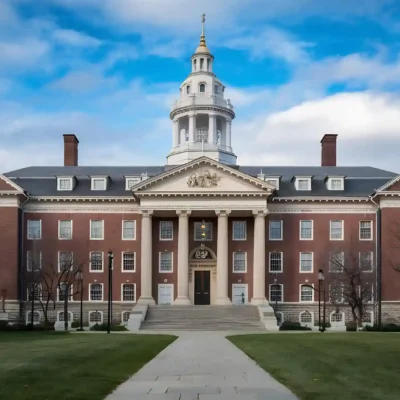Family dynamics in America have undergone significant transformations over the past few decades. Traditional nuclear families are no longer the sole norm, as diverse family structures emerge. Economic shifts, cultural influences, and advancements in technology have contributed to this evolution. Let’s explore how these changes are shaping modern American families.
The Evolution of Family Structures
1. Decline of the Traditional Nuclear Family
The classic American family—comprising a married couple with children—has become less prevalent. According to the U.S. Census Bureau, the percentage of nuclear families has steadily declined over the years. More families now include single parents, same-sex couples, and multi-generational households.
2. Rise of Single-Parent Households
Single-parent families have increased significantly due to higher divorce rates, lifestyle choices, and changing societal norms. In many cases, single parents successfully balance work, child-rearing, and personal lives with support from extended family and community resources.
3. Growth of Multigenerational Living
Economic pressures and cultural influences have led to a rise in multigenerational households, where grandparents, parents, and children live under one roof. This setup allows for shared financial responsibilities, caregiving support, and stronger familial bonds.
4. Blended Families and Stepfamilies
With higher remarriage rates, blended families—comprising stepparents and step-siblings—have become common. Navigating relationships in blended families can be complex, but with open communication and understanding, they thrive.
5. Expansion of LGBTQ+ Families
Legal recognition of same-sex marriages has allowed more LGBTQ+ couples to build families through adoption, surrogacy, or other means. These families contribute to the broader acceptance of diverse family units in society.
The Impact of Social and Economic Changes
1. Shifting Gender Roles
Traditional gender roles have evolved, with more women pursuing careers and men participating actively in household responsibilities. The dual-income household model is now a norm, reshaping family dynamics and expectations.
2. Economic Pressures and Work-Life Balance
Financial stress has affected family life, as rising living costs push parents to work longer hours. This has led to challenges in work-life balance, affecting the time spent with children and family members.
3. Influence of Technology on Family Interactions
The digital age has redefined family communication. While technology allows families to stay connected across distances, excessive screen time can lead to reduced face-to-face interactions. Managing digital consumption has become an essential aspect of parenting today.
4. Delayed Marriage and Parenthood
Many young adults are prioritizing education and career growth before settling down, leading to delayed marriages and parenthood. This trend influences family planning and generational structures.
5. The Effect of Social Media on Parenting
Social media has introduced new challenges and opportunities for parents. While it offers valuable parenting resources and support networks, it also increases pressure to meet unrealistic parenting standards. Finding a balance between online influence and personal parenting styles is essential.
Cultural and Societal Shifts Affecting Families
1. Changing Attitudes Toward Marriage
Marriage is no longer seen as an absolute necessity. Cohabitation without marriage is more accepted, and individuals feel less societal pressure to follow traditional family paths.
2. Greater Acceptance of Diverse Family Forms
Society is becoming more inclusive of different family structures, whether they involve co-parenting, foster care, or communal living. This shift reflects growing respect for personal choices in defining family.
3. Parenting Styles and Child Development
Parenting approaches have changed, with more emphasis on mental health, emotional intelligence, and individualized growth. Helicopter parenting and free-range parenting are two contrasting styles shaping today’s children.
4. Influence of Education on Family Dynamics
Higher education levels influence family structures, with educated individuals often delaying marriage and childbirth in pursuit of career stability. Additionally, educated parents tend to adopt more progressive parenting approaches, emphasizing emotional well-being and independence.
5. The Role of Religion and Traditions
Religion and cultural traditions continue to shape family dynamics, though their influence has evolved. While some families maintain strong religious values, others are adapting traditions to align with modern lifestyles, creating a blend of old and new beliefs.
The Future of Family Dynamics in America
As societal trends continue to evolve, families will likely see further transformations. Some potential future shifts include:
- Increased reliance on virtual and remote work arrangements affecting family time.
- More inclusive policies supporting diverse family structures.
- Greater emphasis on mental health and emotional well-being in parenting.
- Continued evolution of gender roles and caregiving responsibilities.
- Expansion of alternative family models, such as co-housing communities where unrelated individuals live together for financial and social support.
- Growing recognition of pet companionship as a significant aspect of modern families.
Conclusion
The concept of family in America is no longer rigid but fluid, reflecting changes in culture, economy, and technology. While traditional families still exist, newer structures have emerged, embracing diversity and adaptability. As family dynamics continue to evolve, the key to a strong and supportive family lies in communication, understanding, and mutual respect.
How American Pop Culture Influences the World: A Global Phenomenon






